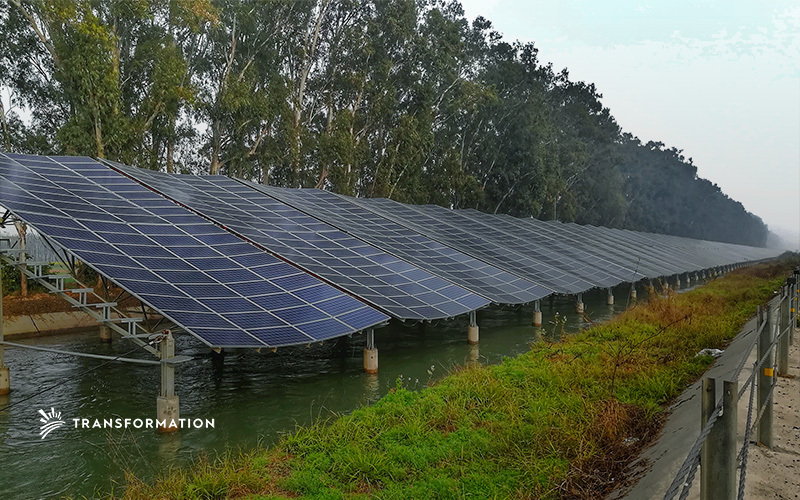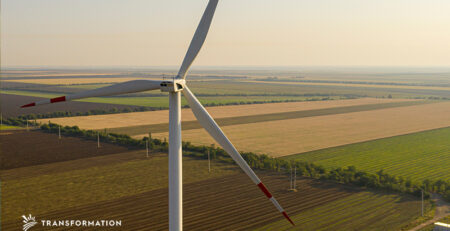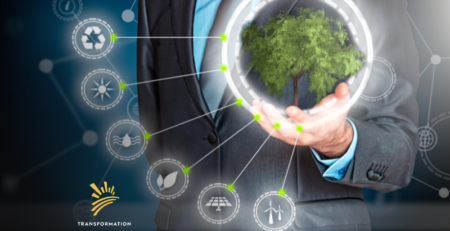Investing in Water: What are Solar Canals?
As our planet is warming, many regions are struggling with increasing water shortages. In many parts of the world, people drink contaminated water or no water at all because it’s too expensive and hard to reach. One solution is infrastructure such as solar canals, generating tunnels that funnel sunlight into a central point in order to provide water for use by any nearby residences by preventing evaporation. This solution has two major benefits: energy generation and water conservation. It’s hard to believe that there is a very effective and green way to deal with the world water shortage. Solar Canals are not like regular canals: they are solar-powered and generate power through the water flowing through them.
If you have ever been to a tropical country, chances are you have seen some sort of canal. They aren’t small or big. India has the largest canal system in the world. This technology has been proven to be the most efficient and sustainable way to provide remote communities in many countries with access to potable water.
What are Solar Canals?
Solar Canals are a unique construction that harnesses the power of solar energy to provide people with water. They are a relatively new technology that could transform life in many countries worldwide. Solar Canals are made of solar panels, which convert sunlight into electricity to pump water into a central point. Moreover, they are not like traditional canals; water is not stored in them. Instead, the solar energy available during the day is used to generate electricity, which is then used to pump water into a reservoir. This is an efficient way to produce clean drinking water by providing remote communities with access to safe drinking water.
How do Solar Canals work?
Solar Canals are continuously being developed and improved because of their numerous benefits. Solar panels capture sunlight and convert it into electricity. Then, it is stored in a battery for later use. Solar canals mainly prevent water from evaporating. This can be done through a combination of solar panels and batteries. Typically, the battery stores excess energy during the day and then releases it at night when the sun isn’t shining. It can also change its position depending on the time of day, ensuring that there is always available electricity for water pumps. The water is collected in a reservoir located near the top of the canal and then distributed throughout the town. Since these canals are run by solar energy, they are better than other water distribution systems because they do not need to be located near a power source. The water is gathered and stored in reservoirs, which also benefit from the natural filtering system provided by sand or gravel.
Benefits of Solar Canals
The Solar Canal is an important piece of infrastructure for remote communities and can’t rely on their local water supplies. Other benefits include:
1. Prevent Water Evaporation
Solar Canals prevent water from evaporating. The solar panels are placed at the top of the canal to receive direct sunlight before the water flows through. Evaporation is the main cause of water loss in arid areas. It’s estimated that 90% of the freshwater we use is lost through evaporation and transpiration.
2. Source of Energy
Solar energy runs and generates power for the whole canal system. At night, the water pump is powered by storage batteries. Solar energy is renewable, clean, and reliable. It’s a good alternative compared to fossil fuels like coal or natural gas, which are expensive and contribute to atmospheric pollution. Moreover, solar energy isn’t susceptible to seasonal fluctuations and weather conditions. Solar canals manage rainwater in rainy areas without losing electricity generation capacity.
3. Improve Air Quality
The pollutants caused by the burning of fossil fuels are a serious problem worldwide, especially in large cities. These include smog, air pollution, particulates, and fine particles that can irritate the lungs and cause many diseases. Solar panels operate at night, so there is no pollution from them. Other behaviors caused by smog and pollution can be avoided through this system, such as cutting down on children’s exposure to outdoor air pollution.
Investing in water is a great way to benefit both the environment and the economy, but how do we know this is a good investment? To answer this question, we must look at the actual benefits. First, solar canals are an environmentally friendly way to provide water. These canals help to reduce pollution by not using fossil fuels during their construction and operation. Furthermore, since solar canals use solar energy and many other systems use fossil fuels, they are also more sustainable than other systems. California would profit from employing this strategy, according to UC Santa Cruz (UCSC). In addition to creating renewable electricity, it is expected to conserve up to 63.5 billion gallons of water per year from evaporation, a significant benefit for a state prone to droughts and sometimes water rationing.
Conclusion
Solar canals are a unique construction that harness solar energy’s power to provide people with water. These canals help reduce pollution by not using fossil fuels during their construction and operation. Furthermore, since solar canals use solar energy where many other systems use fossil fuels, they are also more sustainable than other systems





Leave a Reply